Canine dystocia in 50 UK first-opinion emergency care veterinary practices: clinical management and outcomes
D.G. O’Neill, A.M. O’Sullivan, E.A Manson, D.B. Church, P.D. McGreevy, A.K. Boag and D.C. Brodbelt | Veterinary Record | February 2019
The aim of this study was to explore the clinical management and outcomes of canine dystocia, with particular focus on caesarean section (CS), in an emergency care population…





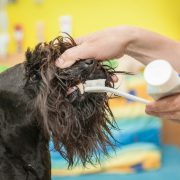

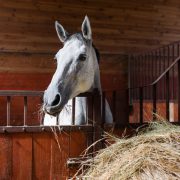
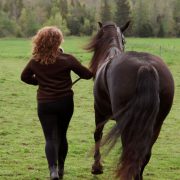
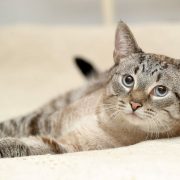
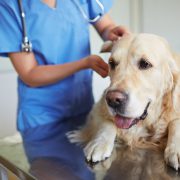
Connect with us